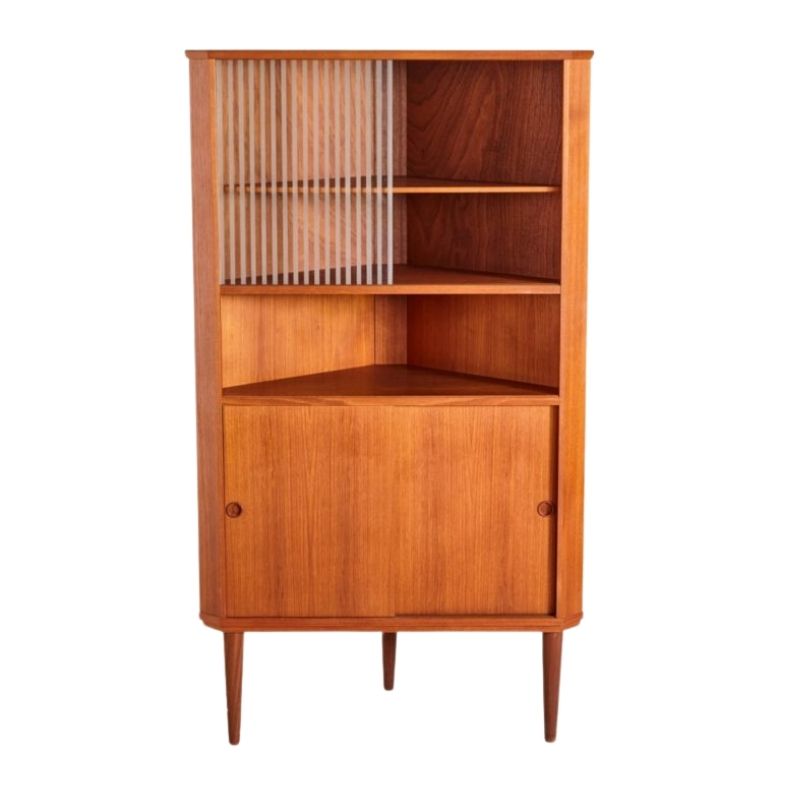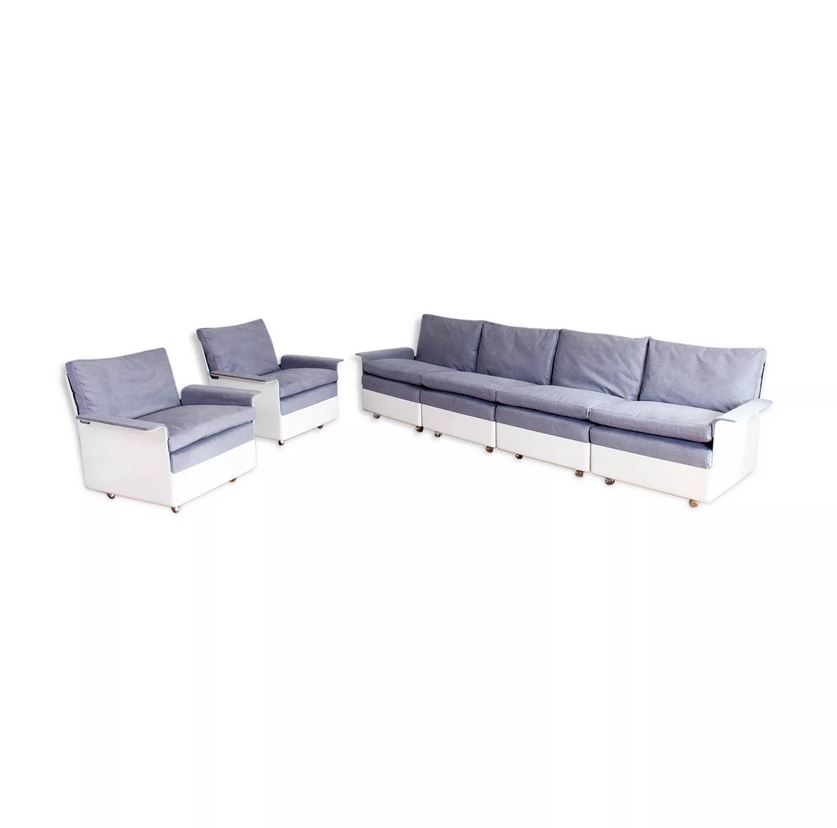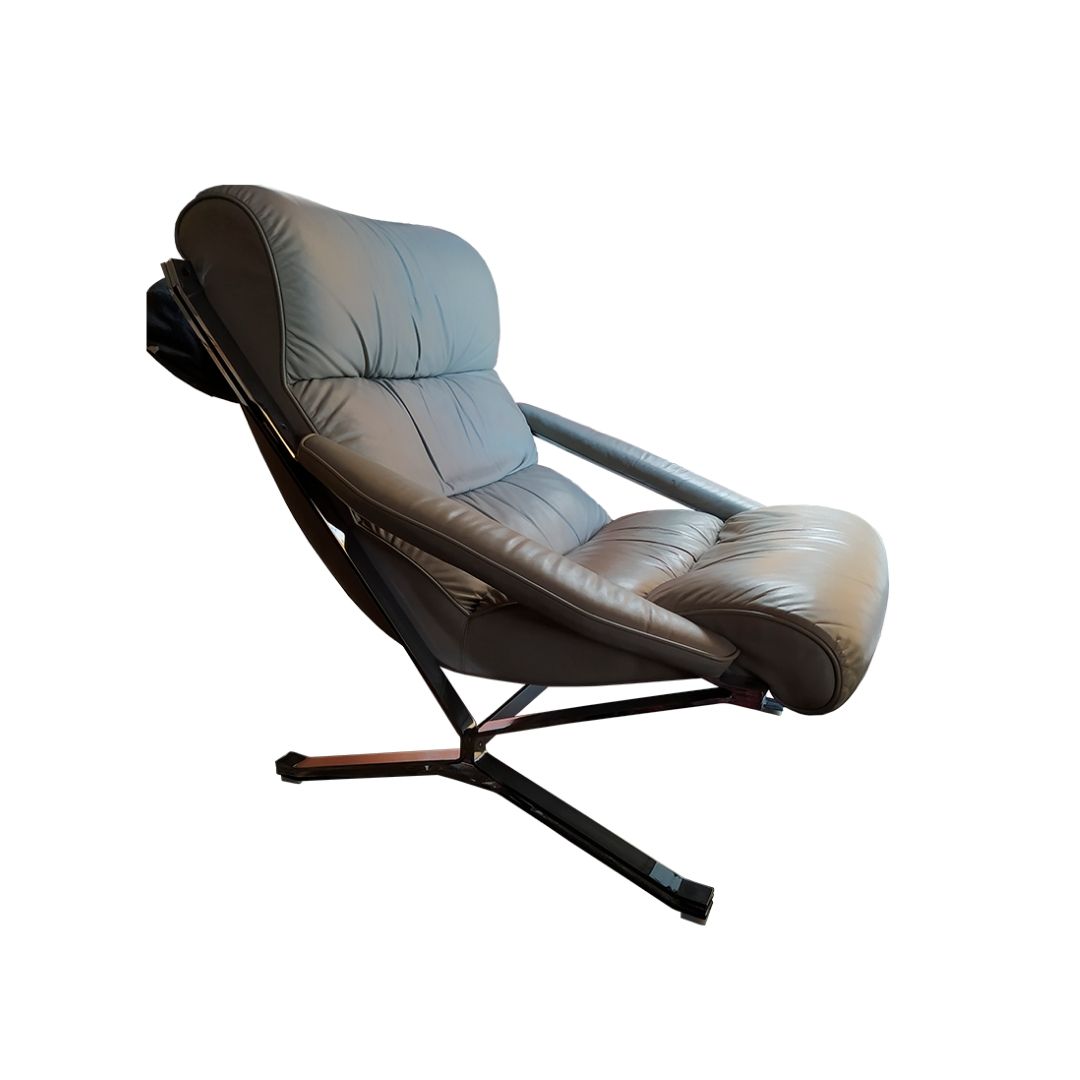Does anyone else have links or thoughts on these sorts of tables and how they are compiled? Olive or Koen?
Its interesting to see where some materials sit in the rundown, I though concrete and brick would be worse than they are and aluminium is a bit of a shocker, depends how the electricity is produced I suppose.
http://www.architecture2030.org/regional_solutions/materials.html
.
Megajoule
from wiki... The megajoule (MJ) is equal to one million joules, or approximately the kinetic energy of a one-ton vehicle moving at 160 km/h (100 mph).
This isn't the sort of thing I know much about at all but if I'm reading it right to produce 1kg of aluminium from a raw state requires the slam bang (my new word for kinetic) energy of 227 1 ton vehicles travelling at 160 km/h. Can that possibly be right?
Certainly makes ye olde Eames base look a bit different doesn't it?
http://The megajoule (MJ) is equal to one million joules, or approximately the kinetic energy of a one-ton vehicle moving at 160 km/h (100 mph).
This is interesting...
This is interesting information, and the kind of info I enjoy. An extremely useful resource for anyone. Thank you Heath for bringing it to our attention!
There's was another link on that page Heath posted, and I found this (link below). Much more clarification on the how's and what' sin this link.
Aluminum being the worse in terms of embodied energy, largely due to mining and extraction. I would imagine Gold, Silver and any other mining related resource extraction being very high in embodied energy. It's amazing how much of a difference recycled metals have an impact versus the raw. Good stuff!
http://www.canadianarchitect.com/asf/perspectives_sustainibility/measure...
There are huge amounts of ele...
There are huge amounts of elecrticty used in the production of aluminium, so using cast chair bases as an example its fine and dandy for the local economy to say an Eames chair is produced in the US, but where does the aluminium come from? Australia produces large amounts for export but we rely almost solely on coal and gas fired powered stations to do it.
Am in a bit of a rush, the Swiss do good things with hydro and the production of it, will find some links.
.
An article on the carbon footprints of six common products, from the Wall Street Journal.
"JACKETS
Patagonia Inc.'s Talus jacket looks like a naturalist's dream. In fact, its carbon footprint is 66 pounds. That, Patagonia notes on its Web site, is 48 times the weight of the jacket itself.
Over the past year, the Ventura, Calif., outdoor-equipment maker has computed and posted on its Web site the carbon footprints of 15 of its products. Because most of Patagonia's products are made in Asia or Latin America and sold in the U.S., the company expected that a big chunk of the carbon footprints came from transportation. It was wrong.
The fabric for the Talus is made in China, the zippers come from Japan, and the jacket is sewn in Vietnam. Yet all that transportation adds up to less than 1% of the product's total carbon footprint, Patagonia says. The majority of the footprint -- 71%, or about 47 pounds -- comes in producing the polyester, which originates with oil.
"If we had listened to the rhetoric out there at the time, which was all around miles, we could have spent years rearranging our supply chain to reduce transportation, when really that's not the bulk of our concern," says Jill Dumain, Patagonia's director for environmental analysis. "There's a lot of reasons to have a tight supply chain, but environmentalism isn't one of them."
One way to slash the Talus jacket's carbon footprint would be to make it with recycled, rather than virgin, polyester. But when the jacket was being developed, the company that makes the fabric, Polartec LLC, of Lawrence, Mass., couldn't find the right kind of recycled yarn in Asia, says Nate Simmons, director of marketing for the fabric maker.
Polyester yarn with recycled content is more widely available in the U.S. than in Asia, he says, and Polartec uses it to make some fabric for Patagonia. But the Talus is a particularly complicated jacket, because its material fuses together a weather-resistent outer layer with a warm inner layer.
At the time the Talus was being developed, using recycled material would have required either making the fabric in the U.S. or shipping U.S.-made recycled-content yarn to Asia to be made into fabric. "It would have been extremely expensive," Mr. Simmons says. "Probably very few people would have bought it. And it wouldn't have had much of a positive impact because of that."
The bottom line: In making the Talus, Patagonia decided that cost concerns outweighed environmental concerns. "Consumers are starting to put environmental values into their purchasing decisions, but it doesn't always translate into their being willing to pay a higher price," Patagonia's Ms. Dumain says"
http://online.wsj.com/article/SB122304950601802565.html
If you need any help, please contact us at – info@designaddict.com









